I have to create a synthetic spatial dataset to test my spatial query. For this I need to create a synthetic dataset of area [10000][10000] and create almost 20000+ rectangle(mbr) and 20000+ data points.
But, the points can be at outside/boundary of the rectangle but not inside of the rectangles.
Should I generate random rectangles and random points and then check the condition or there is any other logical way to accomplish this task?
How to use the random function to generate float values within range 0-10000 in cpp. As i said i have to generate such 20000+ points and rectangles. So , some good incremental float value generation strategy is required.
